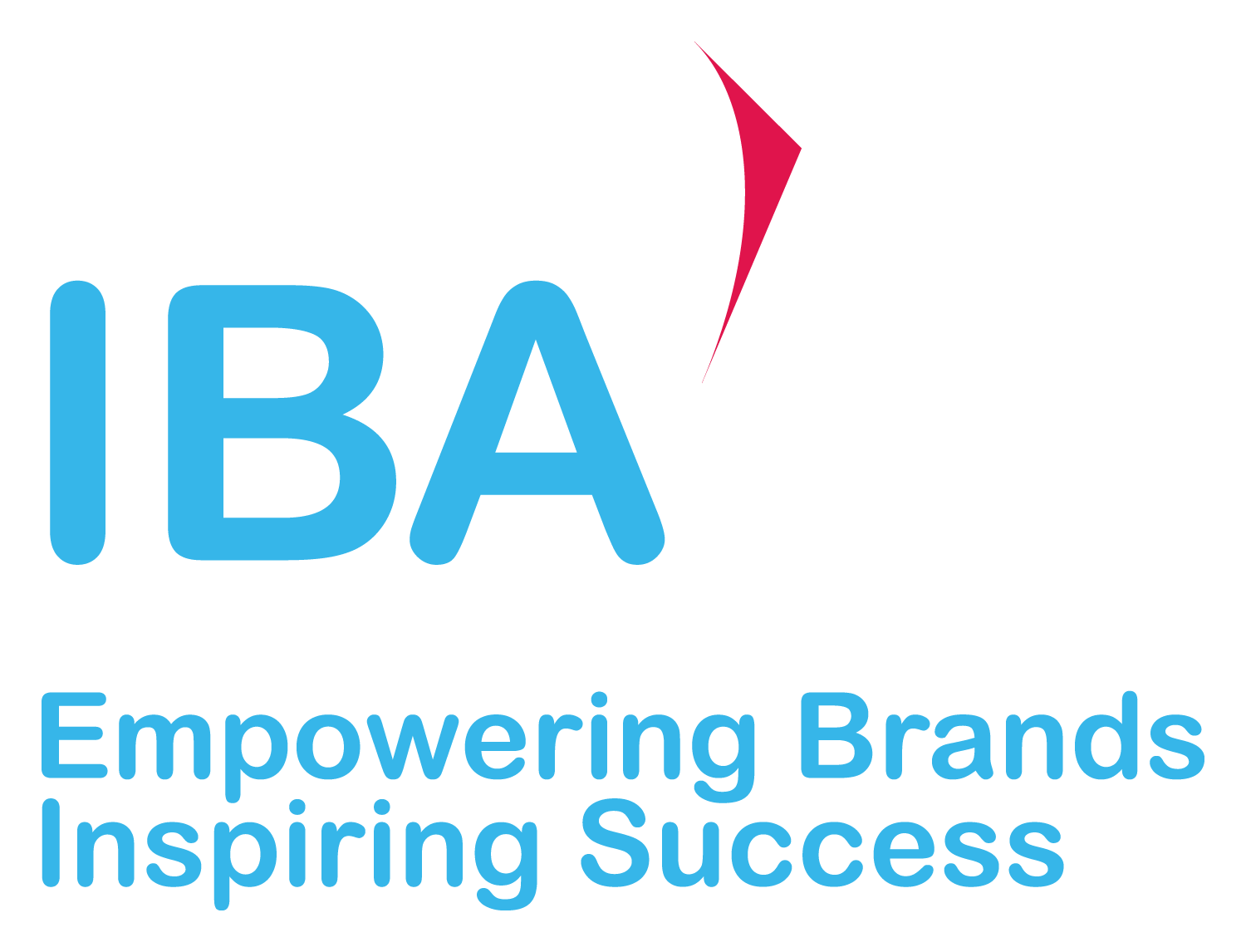First impressions really do count when it comes to media relationship building
Expanding your B2B brand’s media coverage is easier said than done! It’s all about getting past the gatekeepers! I’ve been at IBA a month now and I’m quickly learning that building strong connections with targeted media contacts is the make-or-break for coverage success.
Note to self – you can’t gatecrash a good gatekeeper.
I’m starting to learn the process of forging media contacts goes far beyond just profiling as it relies heavily on long-term relationship building, or a follow-up “did you use it”? hassle email!
As mentioned in my introduction blog, I’ve been getting to grips with what goes into building a relevant media profile, as I helped the team gather targets for a recent medical/pharma press release campaign. Now I’m revisiting Cision with their insights tip sheet to see what goes into securing earned media coverage.
So, without further ado, let’s dive into the Cision tip sheet to see what tactics I can start using myself as I take my first steps into the pitching process:
Prove your value to the gatekeeper – their audience is your audience
With pitching to media clients, there is a fine line between what journalists want and what they don’t want. Well actually a very thick bold line!
According to the Cision tip sheet, 74% of journalists most want to receive news announcements and press releases from PR professionals.
But I’m learning it’s more than that. To get your story noticed by a media professional, you need to provide them with content they and their readers will benefit from.
Note to self – first impressions really do matter!
Don’t be your own barrier
It’s just as crucial to understand what journalists don’t want to receive from a B2B brand as much as to what they do want.
For example, there’s no point pitching to a pharma publication on a topic about AI tools unless you uplift your copy to have a pharma value slant. I see the team doing this all the time to get targeted industry coverage.
Note to self – pitching is a multivariate job, it’s about thinking and content.
The value-add from doing this is you build trust with the journalist that your subject matter experts are accurate and reliable thought leaders.
Note to self – make sure you’re not the source of misinformation that 62% of journalists encounter.
Avoid the block list…
It is extremely important to also consider journalists have tight deadlines to work towards, don’t be one of the 26% that fail to respect these or the 27% to string journalists along and cancel a meter from the finish line!
Prove your worth.
Note to self – avoid pitching tactics that seems like a marketing brochure grab which 55% of journalists feel is the case.
We recently took over an account from another PR Agency and we have had a couple of journalists who were overpromised content or event invitations to encourage them to run stories, but these went seriously undelivered. Not only did the journalist remember, they remembered the name of the Agency!
Target Practice just got real: Draw, Aim, Bullseye!
So, it’s important to know your contacts. According to Cision, 77% of journalists resort to blocking or filtering out communication professionals when spammed with irrelevant pitches and even worse… when called by the wrong name (19%)!
When we say fundamental, we really mean it – a majority nearly three-quarters of journalists feel that only a quarter of pitches are relevant. Do your research before reaching out!
Research a journalist’s specialisation and target audience and then cater this to your pitching to allow it to hit the nail on the head.
Tailor outreach, shockingly only 35% of PR pros do this. As many as three in four journalists immediately block media relations professionals when they’re on the receiving end of an impersonal pitch. Ouch, no hard feelings!
Note to self – tailored content that speaks their language will improve your chances at not only building these early media relationships, but in the long run expand your coverage hand in hand.
Make a genuine effort to forge connections – focus on the relations in PR!
Be the guide, not the barrier! Journalists are operating in a highly competitive environment to perform for the media, so it’s the job of a slick B2B PR operation to help make the process as streamlined as possible for them.
Don’t just communicate with media contacts when you want something from them, keep them in the loop to form a genuine connection and build a two-way relationship.
Establishing media relationships requires hard consistent work but it will undoubtedly pay off in the end.
Note to self – press relations is an important part of public relations! Build those bonds, hit targets, and ultimately get your stories read!
Daniel Bellamy is Graduate PR Executive at IBA International.



